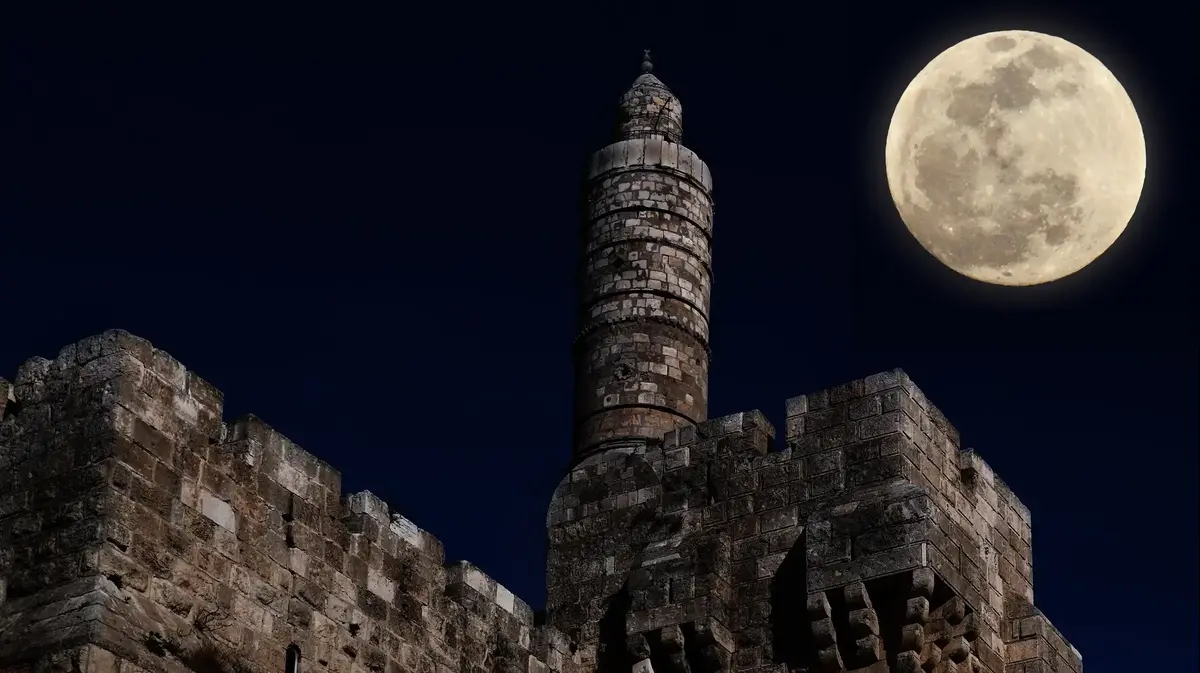The Moon as photographed by the Orion spacecraft/NASA
The moon is shrinking and crumbling like a piece of old cheese, at least that's what experts who spoke to the "Washington Post" claim.
The shrinking of the moon is accompanied by seismic activity - including so-called "moonquakes" - and scientists said locations near fault zones could pose a danger to future explorers.
So yes, the moon is disintegrating and there is no way to prevent it from continuing to disintegrate.
Its erosion could lead to an increasing number of landslides that could threaten astronauts visiting it in the near future and plans to build human settlements on the space rock.
Earth's natural satellite has lost about 100 meters in circumference over the past hundreds of millions of years as its core cooled.
Although it may be a gradual process, the shrinkage is causing significant surface deformation in parts of the moon's south pole - including areas proposed for the landing of NASA's Artemis 3, researchers at the University of Maryland, US, have found.
The study's author, Thomas Waters, of the National Air and Space Museum in Washington, DC.
He said: "The global distribution of young thrust fragments, their potential to be active and the potential to create new thrust fragments from ongoing contraction should be taken into account when planning the location and stability of permanent outposts on the Moon."
Researchers have linked faults located at the planet's south pole to one of the strongest lunar quakes recorded by the Apollo seismograph more than 50 years ago.
They found that some polar regions are particularly vulnerable to landslides from seismic tremors.
Like earthquakes, moonquakes are caused by faults in the planet's interior and can be strong enough to damage human-made structures and equipment on the moon's surface, the scientists said.
But unlike earthquakes - which usually last only a few seconds - moonquakes can last for hours: meaning they could completely destroy future human settlements.
This is because the Moon has loose sediments on its surface created from billions of years of asteroid and comet collisions.
For bizarre and interesting stories from the world - come to our WhatsApp channel >>>
More on the subject:
On the way to the moon: first successful test of the Genesis 2 spacecraft
on the lunar soil: the Japanese spacecraft took a scary picture - and went into a coma
More in Walla!
The treatment that prolongs the lives of lung cancer patients
In collaboration with the Israeli lung cancer association
The author of the study, Nicholas Schmer, said: "You can think of the surface of the moon as dry, grounded gravel and dust. For billions of years the surface has been impacted by asteroids and comets - with the resulting angular fragments constantly being ejected from the impact. As a result, the renewed surface material may be micron-sized up to the size rock, but they all crystallize very loosely. Loose sediments allow earthquakes and landslides to occur."
The US space agency NASA hopes to launch its first crewed flight to the Moon in more than five decades as part of the Artemis missions later this year. Researchers now hope to examine the rest of the rock to identify other potentially dangerous places for human exploration.
"This work helps us prepare for what lies ahead." On the moon - whether it's engineering structures that can better withstand lunar seismic activity or protecting people from really dangerous areas," Dr. Shemer added.
More on the same topic:
NASA
moon

